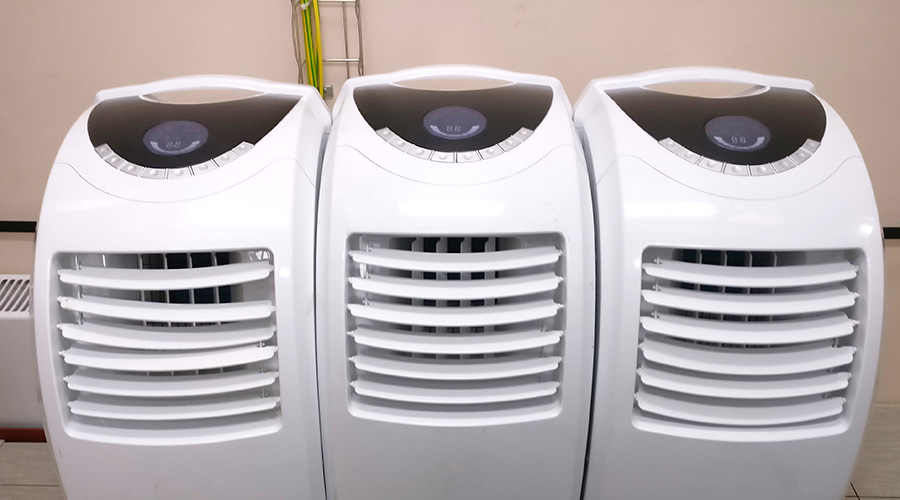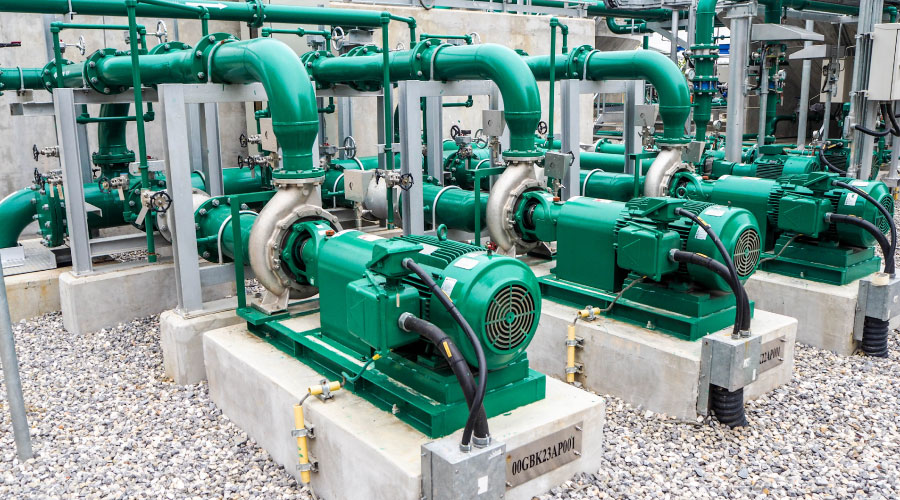A Look At ASHRAE's Pending Legionella Standard, 188P
ASHRAE 188P could soon lose the “P” and actually become an ASHRAE/ANSI standard. Last month, after more than nine years of meetings and revisions, the 188P committee released draft number four of the pending Legionella standard, which is in public review through November 10th.
The three previous drafts — released in October 2010, June 2011, and January 2013 — were entitled “Prevention of Legionellosis Associated with Building Water Systems” with a stated purpose “to present practices for the prevention of legionellosis associated with building water systems.”
Perhaps to reduce legal risk, “prevention” was replaced with “risk management” in the fourth draft, which has a new title, “Legionellosis: Risk Management for Building Water Systems,” and a stated purpose “to establish minimum Legionellosis risk management requirements for building water systems.”
Overview
If 188P becomes a standard, it will require buildings or sites that have any one of a number of devices or risk factors to implement a water management program that includes a written document with certain components and Legionella control measures.
Specifically, a water management program will be required if a building or site has any cooling towers, evaporative condensers, whirlpool spas (hot tubs), ornamental fountains, misters, atomizers, air washers, humidifiers, other devices that release water droplets into the air, or any of the following:
• Multiple housing units with a centralized hot water system
• More than ten stories
• Housing intended primarily for occupants over 65 years of age
• Patients who stay more than 24 hours
• An area housing or treating people with conditions that put them at greater than normal risk of contracting Legionnaires' disease — people who have underlying diseases or are receiving treatment or taking drugs that weaken the immune system, burn patients, bone marrow or organ transplant recipients, or known to be immunocompromised for other reasons.
ASHRAE provides only a framework for control measures, leaving it up to the water management program team to determine specific control measures. For example, the document states that procedures must be included for “flushing or mixing of stagnant or low flow areas” in potable (domestic) plumbing systems but does not state how often or for how long to flush. Providing a framework rather than specific control measures is not an oversight by the committee but is intentional, apparently with the understanding that each facility is different and must ultimately come up with control measures that are effective and reasonable for its situation.
Control measures must consider, as applicable, new construction, equipment siting, startup and shutdown, inspections, maintenance, cleaning, disinfection, monitoring (e.g., temperatures; disinfectant levels), water treatment, and procedures for responding to a case of facility-acquired Legionnaires' disease, for all of the following water systems and devices:
• Potable (domestic) plumbing systems
• Cooling towers and evaporative condensers
• Public whirlpool spas
• Decorative fountains
• Misters, atomizers, air washers, and humidifiers
The process involved in developing the written water management program document very closely follows hazard analysis and critical control point (HACCP); however, HACCP is not mentioned in draft number four as it was in the first three drafts. Draft number four requires the principles outlined in HACCP without the need for HACCP-specific training or HACCP terminology.
Related Topics:












